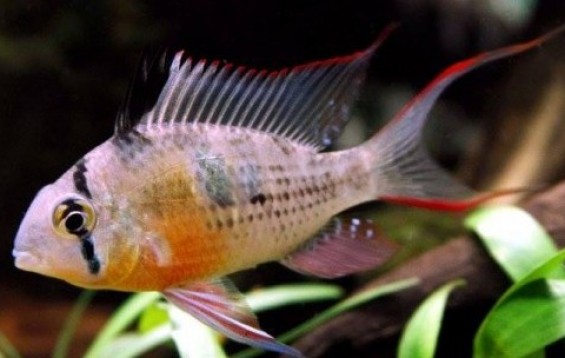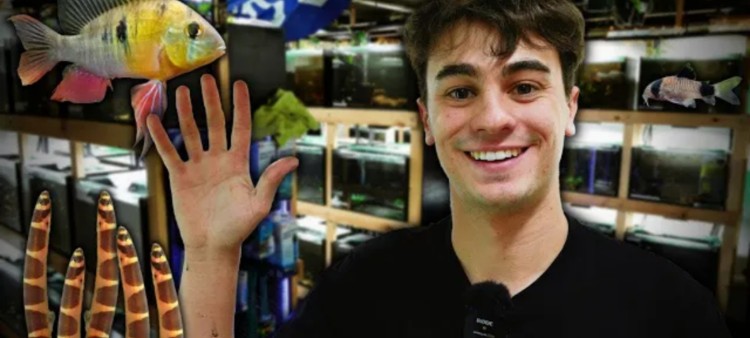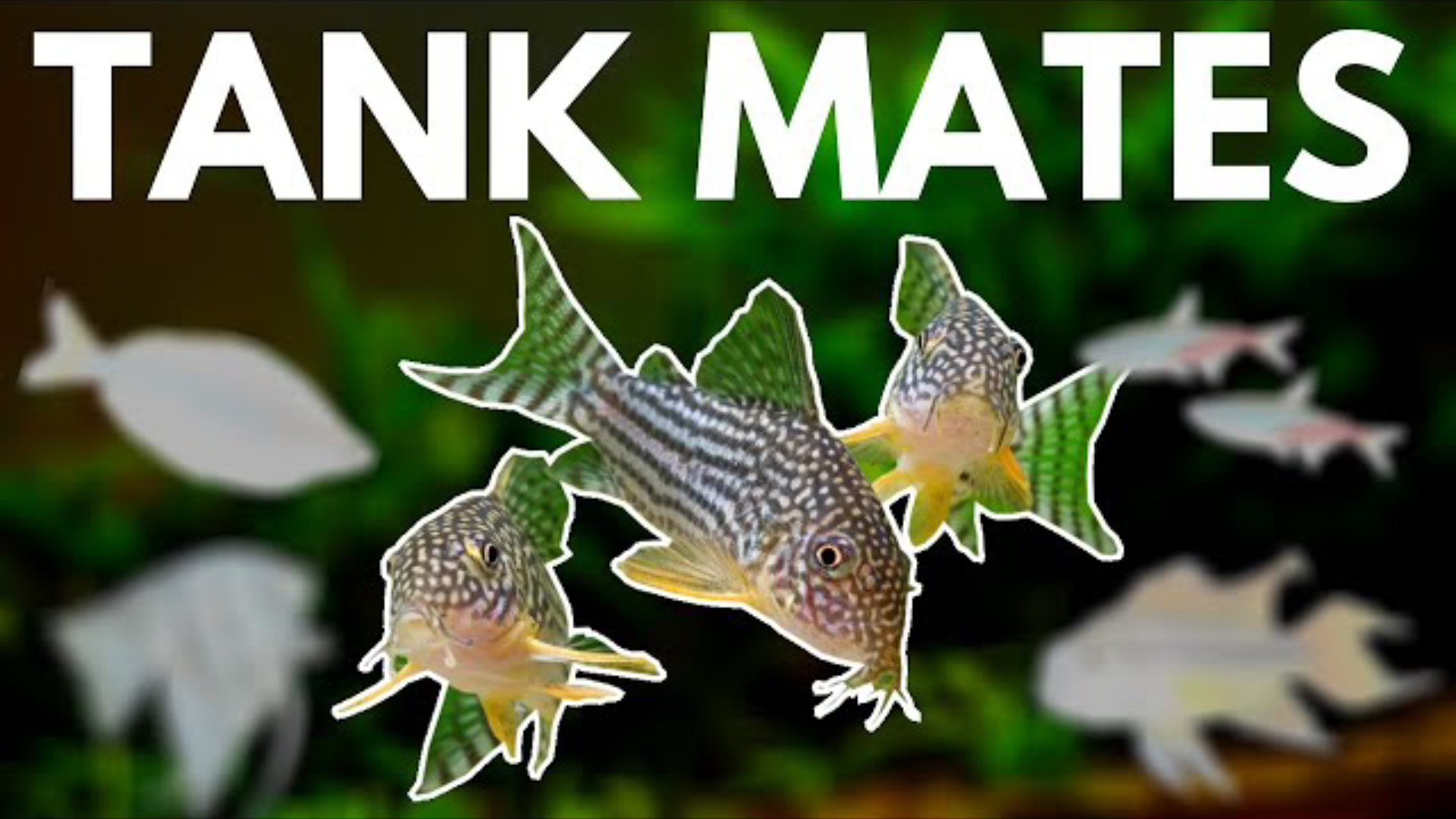- Name:
Bolivian Ram
(View AKA's) - Family: Cichlidae
- Species: New World Cichlids
- Scientific Name: Microgeophagus altispinosa


More Details
General info about Bolivian Ram
These fish can be light brown or blue with orange or red edges in their dorsal, tail and lower fins. Sometimes they have a yellow front half and a black spot in the center, this coloration was what gave them the common name of “Butterfly Ram”. They can reach up to 3.5 inches. The Bolivian Ram is able to recognize the owner and will even ask for food when it sees the owner getting near the tank. To keep these fish in captivity, water pH should be between 6.0 and 7.4 and water temperature should range from 74ºF to 78ºF. The tank should have a sandy substrate, wood roots, branches, caves, hiding places and rocks. They can be kept in community aquariums with peaceful species and should also be kept in groups 6 or more.
Bolivian Ram Diet & Nutrition
This species is omnivorous. In the wild it feeds on seeds, fruits and plants. In captivity it can be fed with flakes, pellets and with live or frozen foods like brine shrimp, blood worms and artemia.
Determining Sex of Bolivian Ram
Males are larger and more colorful than females.
Breeding & Spawning Bolivian Ram
To breed this species in captivity, it is best to get a group of 6 and allow it to pair off naturally, once a pair is formed the rest of the group should be removed. The breeding tank should have flat rocks and large leaf plants, also the water temperature should be about 80ºF. The pair starts by choosing and cleaning a spawning site, then the female will lay her eggs on that site and the male will fertilize them. Both parents guard and tend to the eggs, these take 60 hours to hatch and the fry become free swimming 7 days after.
Bolivian Ram Origin
This species is native to the Madeira basin in Bolivia an Brazil. It inhabits streams and lagoons with dense vegetation.
Acclimating Bolivian Ram
The water in which these fish are packaged is different from the water in the tank, since these fish are extremely sensitive to water conditions the acclimation process is very important. This process should never be rushed. Aquarium lights should be off for at least the first 4 hours of the fish in the new tank and it should not be fed in the first 24h. There are two acclimation methods: Floating Method and the Drip Method.
Floating method - the aquarium lights should be off and lights in the room should be dim, the bag in which the fish is should be placed in the surface of the water to float for about 15 minutes, this allows the water in the bag to adjust to the water in the tank. The bag should then be cut under the knot and the top edge of the bag should be rolled down one inch, then ¼ cup of the aquarium water should be added to the bag, this step should be repeated every 4 minutes until the bag is full, then half the water of the bag should be discarded and the bag should be put to float again and ¼ cup of the aquarium water should be added to the bag every 4 minutes until the bag is full. Afterwards, the Discus can be moved into the aquarium.
Drip method – the aquarium lights should be off and lights in the room should be dim, the bag in which the fish is should be placed in the surface of the water to float for about 15 minutes, this allows the water in the bag to adjust to the water in the tank. The bag contents should be poured into a 1 gallon bucket that has never been cleaned with any chemicals, the fish should be enterally submerged. A siphon, using airline tubing, should be set up and a drip line should run from the main aquarium to the bucket. Several loose knots should be tied in the airline tubing to regulate flow. Sucking the end of the airline tube that goes to the bucket will begin a siphon, the flow should be regulated to 2 to 4 drips per second. Once the water in the buckets doubles, half should be discarded and the process should be repeated until it doubles again. Afterwards, the fish can be moved to the aquarium.
Relevent Articles
Original Detail
| Name | Species | Family | Scientific Name | More Detail | Added by |
|---|---|---|---|---|---|
| Bolivian Ram | New World Cichlids | Cichlidae | Microgeophagus altispinosa | These fish can be light brown or blue with orange or red edges in their dorsal, tail and lower fins. Sometimes they have a yellow front half and a black spot in the center, this coloration was what gave them the common name of “Butterfly Ram”. They can reach up to 3.5 inches. The Bolivian Ram is able to recognize the owner and will even ask for food when it sees the owner getting near the tank. To keep these fish in captivity, water pH should be between 6.0 and 7.4 and water temperature should range from 74ºF to 78ºF. The tank should have a sandy substrate, wood roots, branches, caves, hiding places and rocks. They can be kept in community aquariums with peaceful species and should also be kept in groups 6 or more. | PalaciosAn |






